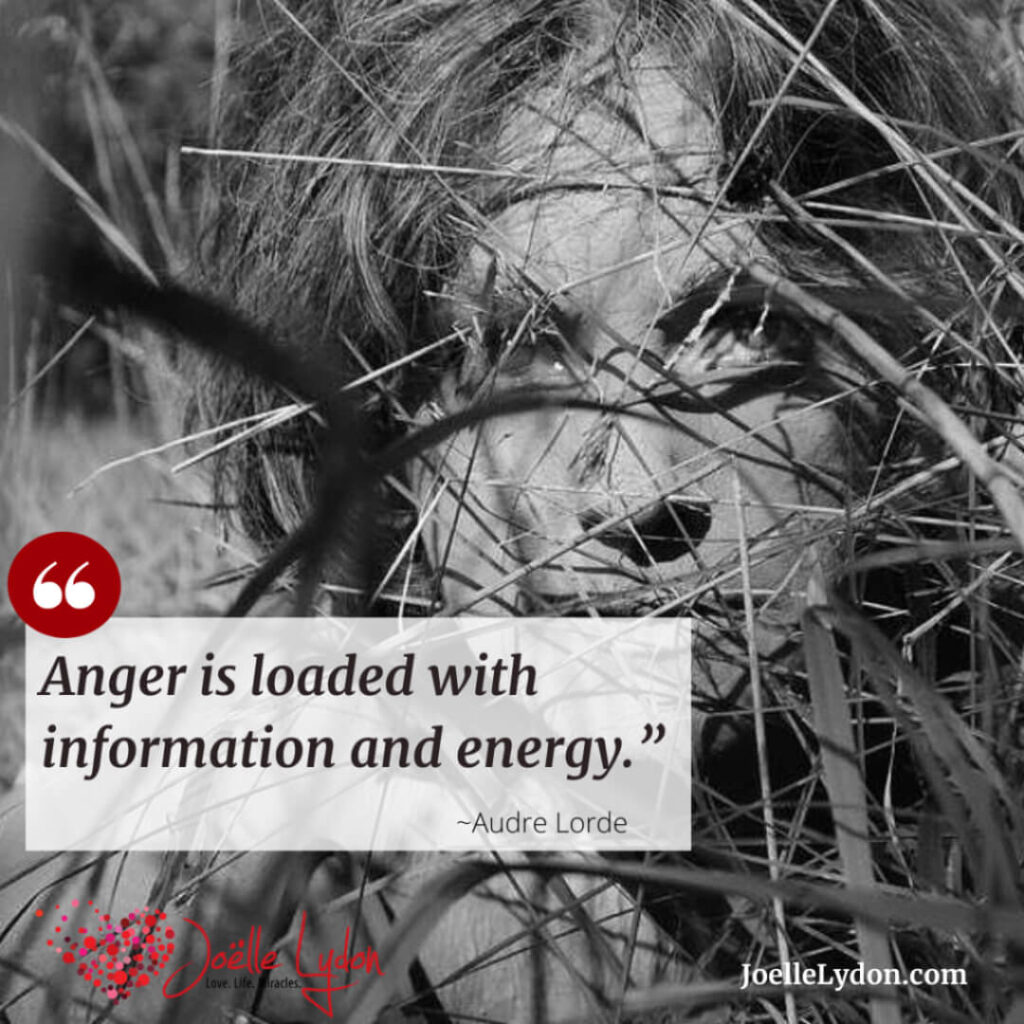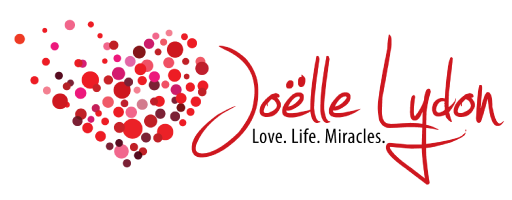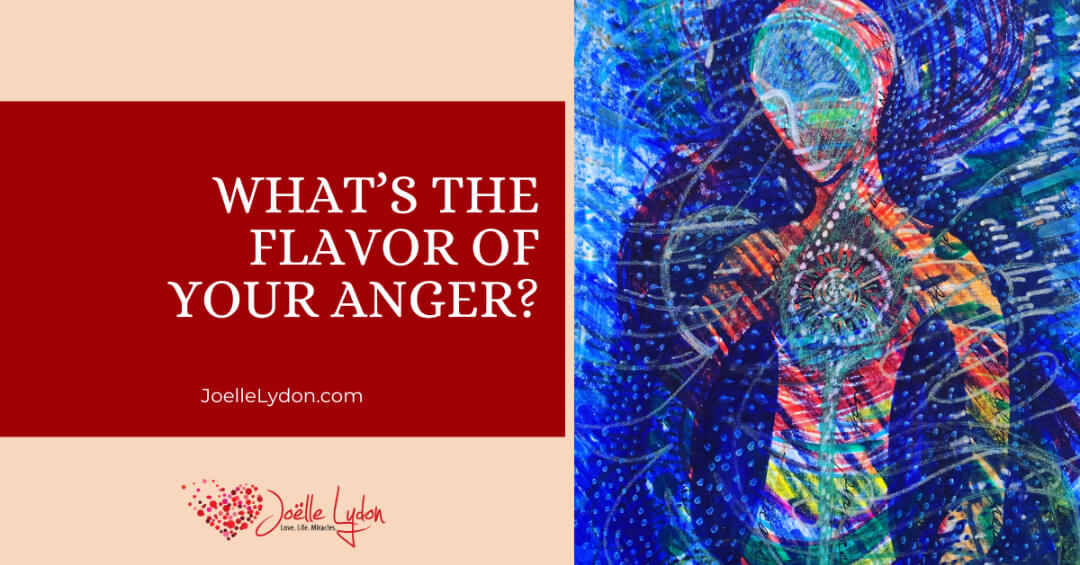What’s the flavor of your anger?
I was late to a monthly virtual gathering of fellow creatives last week.
Catching me up, they said, “we’re exploring our mothers: the negative the positive.”
As synchronicity would have it, I’d been listening to Soraya Chemaly’s book: Rage Becomes Her on the way home. (On a side note, if you haven’t added this book to your list, I highly recommend it.) On my ride, I had heard the following:
“…one of the only acceptable and predictably talked-about forms of anger in women is a girl’s anger toward her mother.”
I shared this intel with the group. It took the conversation into a much more interesting place. It loosened up the bind that it had to be “appropriate” or follow particular socialized rules.
The conversation left each woman questioning how she was colluding with those norms and wanting to create more elbow room around her right to express anger.
The Oxford dictionary defines it as “a strong feeling of annoyance, displeasure, or hostility.” This definition seems somewhat innocuous, so what’s the big deal?
Depression expresses itself somatically in an inward and downward direction. Anger’s energy builds within the body like an erupting volcano.
What is done with it depends on what’s considered socially acceptable
This emotion is a step on the road to forgiveness. It is necessary to connection and intimacy.
Lately anger has been the topic of great discussion. It covers young men weaponizing it in mass killings, court cases, violence, bullying tactics, systemic misogyny.
It shows up in egregious behavior, denigrating others as a blood sport.
This is not to say that anger, aggression and hostility are avoidable. Nor to say it doesn’t have a place. Rather, they rarely work as sustainable options for relationships.
We need to expand the constrictive and double binding definition of anger.
In truth anger can be generative, can be creative, can be a generous force for dismantling what does not bring abundant joy— and for seeking out what does.
It points to what’s important for an individual and to what it is they want.
It is not in opposition to tenderness or kindness. There’s anger that cherishes how one is tender in a world that would stamp that out. And there’s kind anger, a rage that refuses to compromise on joy, rest, nourishment, truth, justice.
Including how anger of any kind gets treated as a lack of thought or compassion. When so much anger is an expression of grief—over all the loss that could’ve been prevented. And an expression of desire—for a more livable world.
Anger creates clarity.
What can you do today to create more elbow room around your personal and professional expression of anger? How do you use it for a more fruitful, connected and loving outcome?
Let’s talk. Schedule your complimentary Discovery Session click here now. Looking forward to supporting you in your next expression steps.


